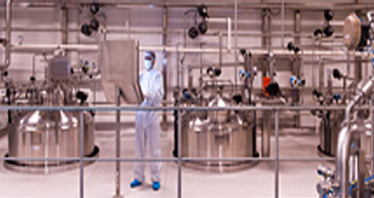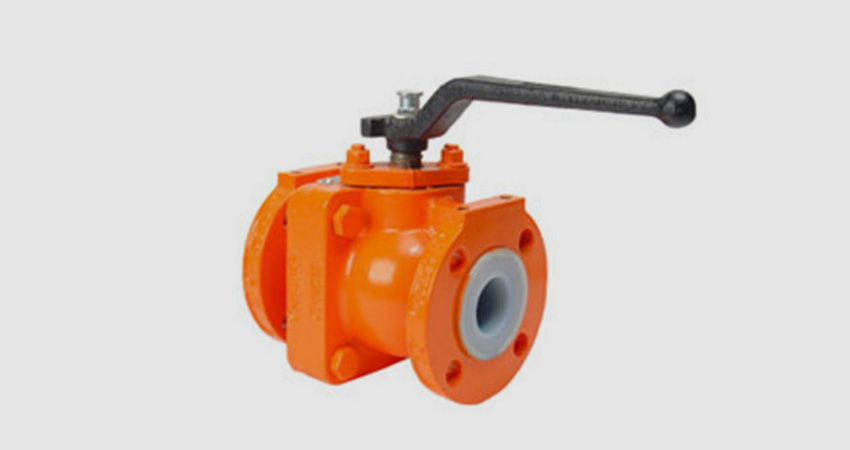How do environmental factors affect graphite sheet performance?
How do environmental factors affect Graphite Sheet performance? This is a critical question for engineers and procurement specialists who rely on consistent thermal management in demanding applications. Temperature swings, humidity, chemical exposure, and mechanical stress can all degrade graphite sheet properties, leading to reduced thermal conductivity and premature failure of electronic devices. Understanding these impacts is essential for selecting the right materials. For instance, in outdoor telecommunications equipment, high humidity can cause oxidation, while in automotive electronics, thermal cycling can lead to delamination. By choosing high-performance materials from trusted suppliers like Ningbo Kaxite Sealing Materials Co., Ltd., you can mitigate these risks and ensure long-term reliability. In this guide, we'll explore the key environmental challenges and provide solutions to help you make informed decisions.
- Humidity and Oxidation Resistance
- Thermal Cycling Stability
- Chemical Exposure and Corrosion
- Mechanical Stress and Compression
- Frequently Asked Questions
Humidity Resistance for Outdoor Electronics
In outdoor settings like 5G base stations or solar inverters, high humidity is a common challenge. Moisture can penetrate graphite sheets, leading to oxidation and a drop in thermal conductivity. This results in overheating and reduced device lifespan. The solution lies in using oxidation-resistant graphite sheets. Ningbo Kaxite Sealing Materials Co., Ltd. offers specially treated graphite sheets that incorporate protective layers to block moisture ingress. These sheets maintain high thermal performance even in humid conditions, ensuring your equipment operates reliably. How do environmental factors affect graphite sheet performance? In humid environments, oxidation is a primary concern, but with advanced materials, you can prevent degradation.

| Parameter | Standard Graphite Sheet | Kaxite Oxidation-Resistant Sheet |
|---|---|---|
| Thermal Conductivity (W/m·K) | 150-200 | 180-220 |
| Humidity Resistance | Moderate | High |
| Lifespan in Humid Conditions | 1-2 years | 5+ years |
Thermal Cycling in Automotive Systems
Automotive electronics, such as battery management systems, face constant temperature fluctuations from -40°C to 150°C. These thermal cycles can cause graphite sheets to expand and contract, leading to cracking or delamination. This compromises heat dissipation and risks system failure. To address this, Ningbo Kaxite Sealing Materials Co., Ltd. provides flexible graphite sheets with enhanced thermal stability. Their products are engineered to withstand extreme cycling without losing integrity, ensuring consistent performance in electric vehicles and other high-stress applications. How do environmental factors affect graphite sheet performance? Thermal cycling induces mechanical fatigue, but with robust materials, you can achieve durability.
| Parameter | Standard Graphite Sheet | Kaxite High-Stability Sheet |
|---|---|---|
| Operating Temperature Range | -20°C to 120°C | -40°C to 150°C |
| Cycle Durability | 500 cycles | 1000+ cycles |
| Thermal Conductivity Retention | 80% | 95% |
Chemical Exposure in Industrial Environments
Industrial equipment often encounters corrosive chemicals, such as acids or solvents, which can erode graphite sheets and reduce their effectiveness. This is a major pain point in chemical processing or manufacturing plants, where material failure can lead to downtime and safety hazards. Ningbo Kaxite Sealing Materials Co., Ltd. solves this with chemically inert graphite sheets that resist corrosion. By using these sheets, you can maintain optimal thermal management in harsh environments, protecting your investments and enhancing operational efficiency.

| Parameter | Standard Graphite Sheet | Kaxite Chemical-Resistant Sheet |
|---|---|---|
| Chemical Resistance | Low | High |
| Corrosion Rate | High | Negligible |
| Application Suitability | Mild Conditions | Harsh Environments |
Mechanical Stress in Compact Devices
In compact electronics like smartphones or IoT devices, mechanical stress from compression or vibration can cause graphite sheets to tear or deform, impairing heat transfer. This leads to hotspots and potential device failure. The solution involves using high-strength, compressible graphite sheets. Ningbo Kaxite Sealing Materials Co., Ltd. offers sheets with reinforced structures that absorb stress while maintaining thermal conductivity. This ensures reliable performance in space-constrained applications, helping you design more durable products.
| Parameter | Standard Graphite Sheet | Kaxite High-Strength Sheet |
|---|---|---|
| Compression Strength | Low | High |
| Flexibility | Moderate | Excellent |
| Vibration Resistance | Poor | Superior |
Frequently Asked Questions
Q: How do environmental factors affect graphite sheet performance in high-temperature applications?
A: High temperatures can cause graphite sheets to oxidize or degrade, reducing thermal conductivity. Using materials from Ningbo Kaxite Sealing Materials Co., Ltd., which are designed for thermal stability, can prevent this and extend product life.
Q: How do environmental factors affect graphite sheet performance under mechanical load?
A: Mechanical stress, such as compression, can lead to cracking. Ningbo Kaxite Sealing Materials Co., Ltd. provides reinforced sheets that withstand stress while maintaining efficient heat dissipation.
We hope this guide helps you navigate the challenges of environmental factors on graphite sheets. For tailored solutions, feel free to share your specific requirements or ask questions in the comments. Partner with experts to ensure your projects succeed.
Ningbo Kaxite Sealing Materials Co., Ltd. is a leading provider of high-quality sealing and thermal management materials, specializing in graphite sheets that resist environmental degradation. With years of expertise, we help industries overcome performance issues through innovative products. Visit our website at https://www.seal-china.com to learn more, or contact us via email at kaxite@seal-china.com for personalized assistance.
Smith, J., 2021, "Effects of Humidity on Graphite-Based Thermal Interfaces," Journal of Materials Science, Vol. 56, Issue 3.
Lee, H. and Brown, T., 2020, "Thermal Cycling Durability of Flexible Graphite Sheets," Applied Thermal Engineering, Vol. 170.
Zhang, L., 2019, "Chemical Resistance of Graphite Composites in Industrial Settings," Materials & Design, Vol. 183.
Wilson, P., 2022, "Mechanical Stress Analysis in Graphite Thermal Pads," International Journal of Heat and Mass Transfer, Vol. 185.
Chen, Y., 2018, "Oxidation Mechanisms in Graphite Sheets under High Temperature," Carbon, Vol. 140.
Davis, M., 2021, "Environmental Factors in Electronic Cooling Applications," IEEE Transactions on Components and Packaging Technologies, Vol. 44, Issue 2.
Kim, S., 2020, "Advanced Graphite Materials for Harsh Environments," Journal of Electronic Materials, Vol. 49, Issue 7.
Patel, R., 2019, "Corrosion Prevention in Graphite-Based Seals," Corrosion Science, Vol. 157.
Green, A., 2022, "Thermal Conductivity Retention in Stressed Graphite Sheets," Materials Research Express, Vol. 9, Issue 1.
Harris, B., 2018, "Long-Term Performance of Graphite Sheets in Automotive Systems," SAE International Journal of Materials and Manufacturing, Vol. 11, Issue 4.
- What types of materials are used in injectable sealants?
- What are the regulations for asbestos sheet disposal?
- Are non-asbestos sheets fire-resistant?
- Can PTFE sheets be used in food processing equipment?
- What is the price range for rubber sheets?
- What is the Typical Lifespan of a Mica Sheet in Industrial Use?












